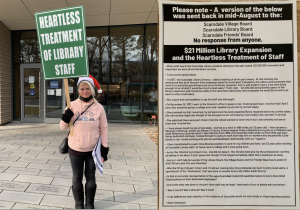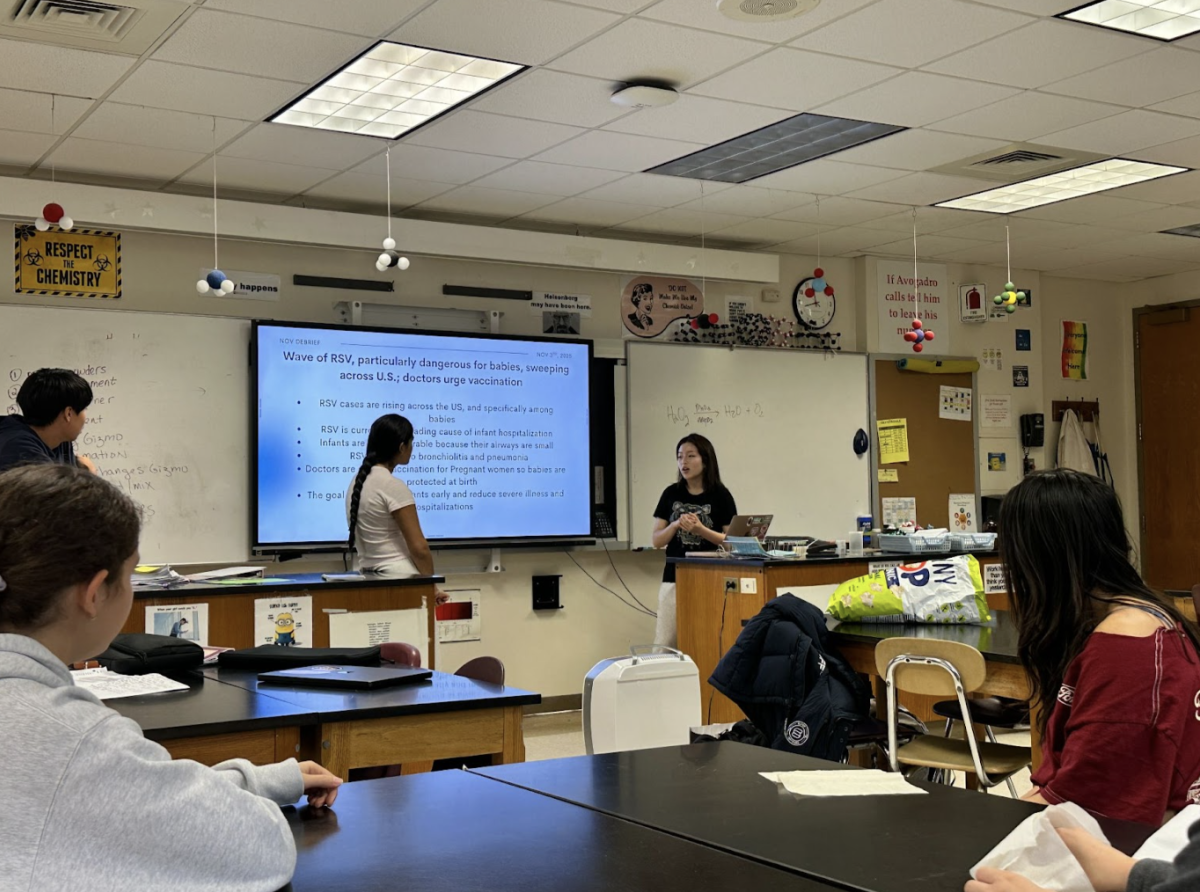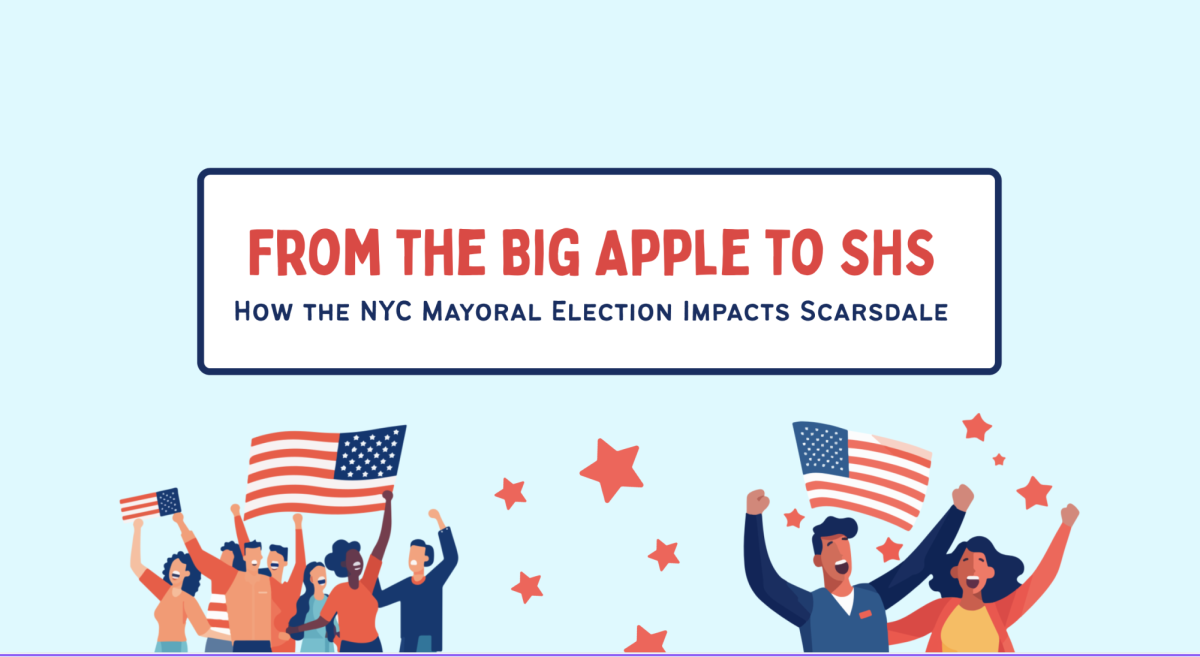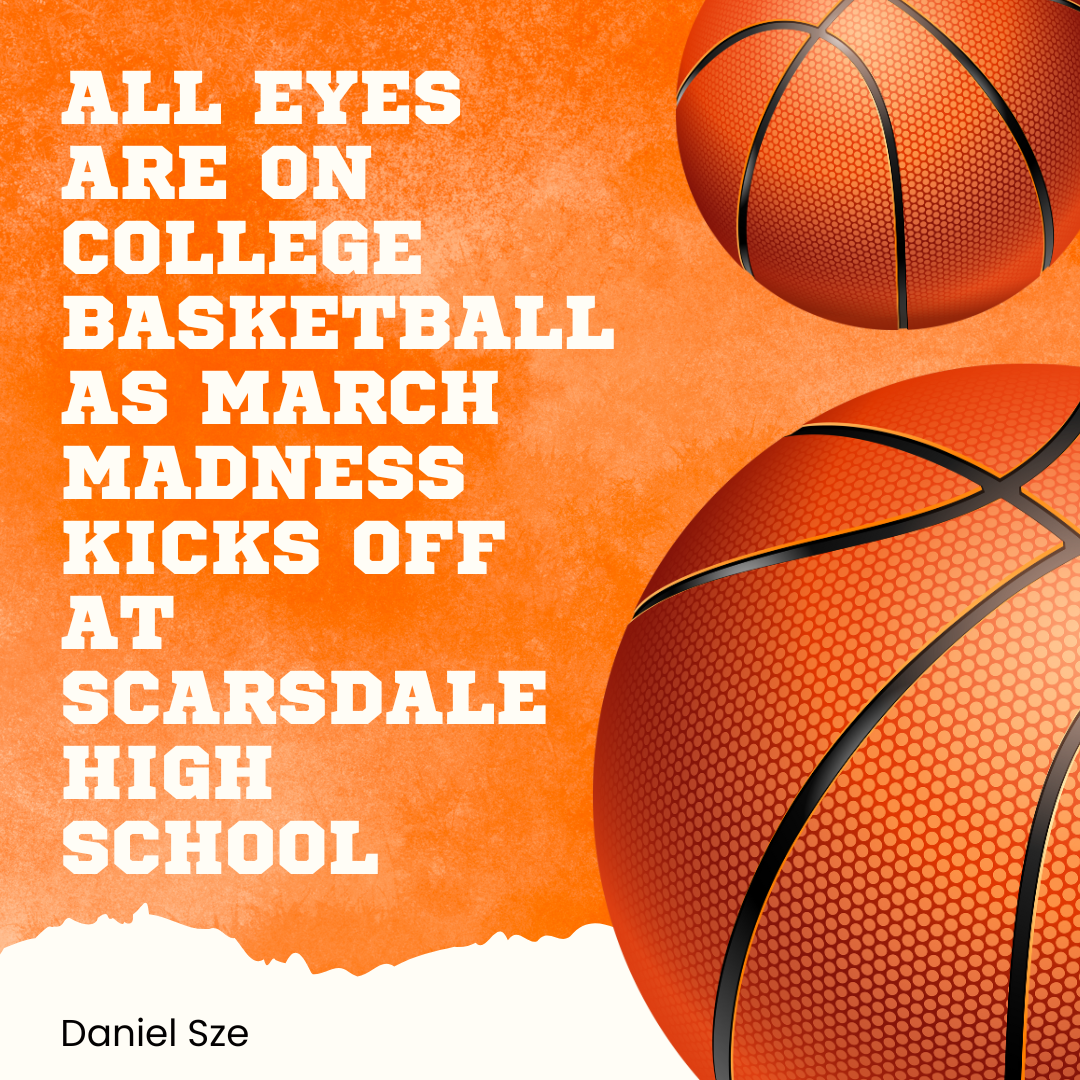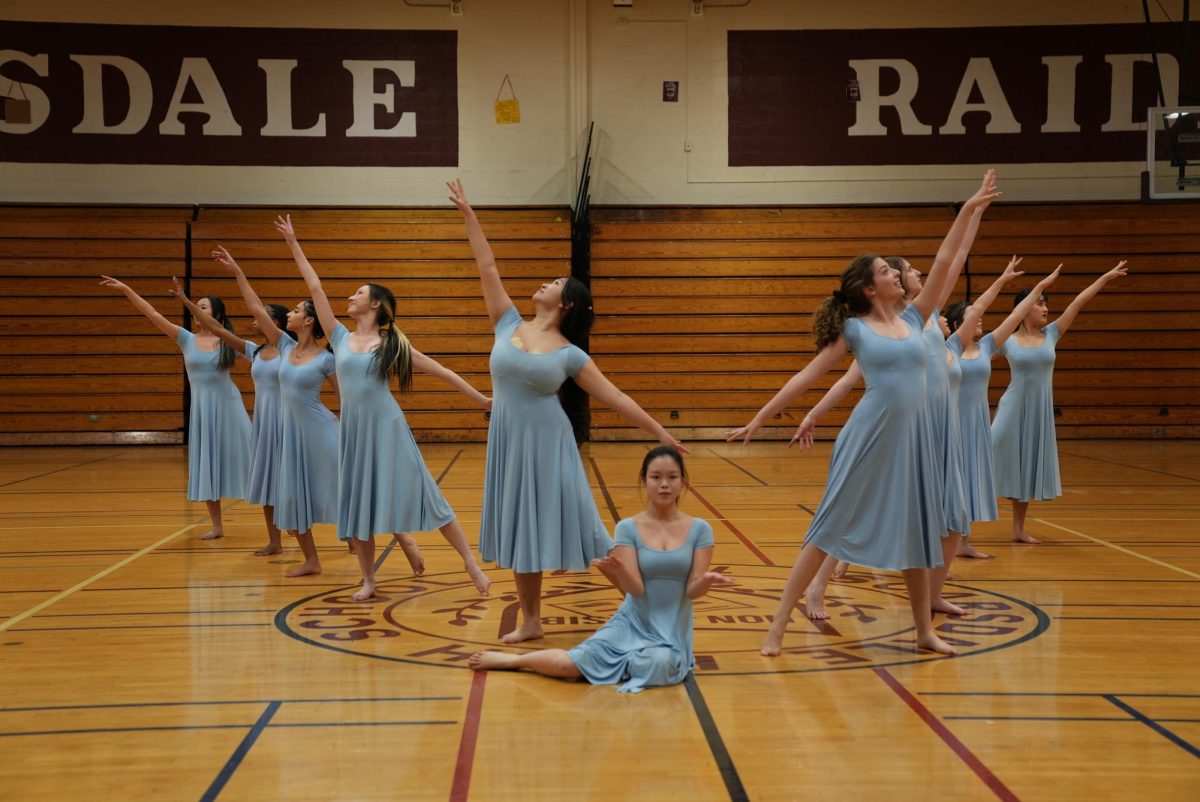It Does Happen Here
June 22, 2016
Carmen* has spent the past three months wondering what she had done wrong. Had she worn different attire, would he have still picked her? She’s not sure how things happened so fast but it did and now she just can’t forget. “The girls bathroom has become a place I know too well. I’m not in a good place,” explained Carmen.
And Carmen is just one person. In a representative survey conducted on students across all four grades at SHS, thirteen percent of individuals anonymously admitted to being a victim of sexual assault. In our population of approximately sixteen hundred, that is 213 students. 213 students with heavier backpacks to hold, 213 students rooted with anxiety because of one night, 213 students just like Carmen.
But this just isn’t talked about. “It doesn’t seem real to people. Students want to think this is a foreign thing,” offered Lena Proctor ’16. Moreover, out of the victims who shared their stories, almost every individual began with “I don’t know if this classifies as sexual assault.” In most cases, these stories fell well under the category.
Categorizing an incident as sexual assault is far from easy. According to womenshealth.gov, a federal government website managed by the U.S. Department of Health and Human Services, sexual assault is defined as “any type of forced or coerced sexual contact or behavior [occurring] without consent.” Sexual assault can take form through rape, attempted rape, sexual coercion, or unwanted touching.In August 2012, Columbia University student Emma Sulkowicz was raped in her own bed on the first day of her sophomore year. To represent the trauma she faced years after the incident, Sulkowicz conducted Mattress Performance “Carry That Weight” for her senior thesis of her visual arts degree. Per rules of engagement, Sulkowicz was required to carry the mattress around campus until her rapist was removed from or left the school. The university deemed Sulkowicz’s accusations as simply allegations and Sulkowicz carried the mattress until her graduation in May 2015. The university’s failure to respond elicited anger through social media. Since then, individuals across the nation have been pulled into the discussion of sexual assault on college campuses. “There is focus on college campuses because of recent reports estimating as many as 20% of college women as victims of unwanted sexual advances,” stated SHS Health Teacher Jessica Levenberg.
But according to the survey conducted, sexual assault begins much earlier than many would anticipate. When asked if the student knew a victim of sexual assault, the results were staggering. The survey showed a thirty-six percent increase of “yes” responses between freshmen and juniors. This indicates a drastic change in the presence of sexual assault. Moreover, the Rape, Abuse & Incest National Network, RAINN, reports forty-four percent of sexual assault happening before college. The way in which these incidents occur are alarming and distinct.
I just remember standing there not knowing what to do
Haley* sat down to share the trauma she has carried with her throughout her entire high school career. Her rapist was her best friend of four years. “He molested me in my bed. He thought I was asleep,” she said, choked up. “I don’t think he knows I know.” Haley stayed friends with him a year after the incident. “I don’t know why. I think I was just so emotionally dependent on him,” said Haley, attempting to explain her actions. As she and I have this conversation, we are in her car, driving away from her house. She has yet to tell her own mother and she’s not sure she ever will. The incident has disturbed Haley’s life in so many other ways. “Long term, it fucked up my love map. I had no interest in sex for a really long time. I just kept asking myself ‘what’s wrong with me.’” stated Haley. “I just have a lot of fear. I can’t be alone in a room with a guy [anymore].”
Nicole* experienced a sexual assault attempt.“Someone [had] put a [date rape drug] in [my] drink. It actually ended up going to a guy in my friend group. He was on the couch, near passed out. It was very scary.” Despite seeing her close friend in this state, Nicole did not register that the drink was, in fact, intended for her. Later into the party, she found herself in a secluded corner with a guy she was familiar with. When this acquaintance of hers first made a move, she was quick to refuse going further. “I just said ‘I don’t want to do this’ and ‘I’m just here with friends.’” Despite, this verbal denial, her assaulter persisted. “He tried to take off my shirt. I pushed it down. He took off his pants as some kind of gesture. At some point, I just flat out said no.” Her assaulter responded with aggression. “He shoved me into the wall. I found a bruise on my neck later in the night,” explained Nicole. Nicole continued to resist unsuccessfully. “I just remember standing there, not knowing what to do because I was already doing what I could do. At that point, I just started crying.” Fortunately, another individual heard her and prevented the situation from going any further. “If he hadn’t intervened, I don’t know what would have happened,” she states. This happened her sophomore year. Her assault has taught her lessons she will never be able to forget. “The thing about making sure of what drink you’re taking and what’s in that drink and making smart decisions — that is so relevant. If I had taken the drink my friend had, I would not have escaped.” Two years have passed. “I knew stories but I never expected it to happen to me.”
Brooke recounted her sexual assault experience. “I [was] with [a] guy I thought I was [dating]. The whole situation escalated quickly. When he said he wanted to go further, and I said no, he got really mad. He started to say things like ‘I can’t believe you are backing out after I came all the way over here’ or ‘you can’t just do this one thing for me, even though we’re together? That’s what people do when they are together’ and ‘I promise I will keep it a secret, no one will know.’” Brooke decided, out of fear and pressure, to do what he had asked for. Her incident exemplifies sexual coercion. According to the Emory University Department of Health and Human Services, sexual coercion is the act of intimidating, forcing, or manipulating someone into engaging in sexual activity. Brooke’s partner manipulated her into believing it was her duty, and her actions were ultimately an attempt to avoid a reaction of anger. Her sexual offender has yet to make contact with her. “I see him multiple times everyday but we don’t look at each other. I never even got an apology. It used to be hard, but it’s become [easier].” A year and a half later, despite what she has been through, Brooke has found strength. “I now know what my lowest is, and how far I’ve come from it. My sexual assault was one of the biggest issues I’ve ever faced.”
I just kept asking myself ‘what’s wrong with me.’
Sophia*, another SHS student, told her story. “I was at a concert and [my] camp friend [was] there. I thought we were just being friendly. He then started to ask me to ‘hook up’ or ‘kiss’ and I said no.” Her camp friend, however, refused to take no for an answer. “He was persistent and finally just leaned in and pushed my back towards him,” recounted Sophia. Although many individuals do not see the gravity of unwanted touching, it is, in fact, a form of sexual assault. Sophia, much like Carmen, never received an apology. “It affected my life because weeks and months later I was still upset. I used to think ‘oh, I need to be stronger,’ but that is not true. If I say no once to a guy that should be enough to send the message,” stated Sophia.
 Ella* began to share her account of sexual assault.“This guy really wanted to get with me but I didn’t want to get with him. I went upstairs, then realized he had followed me, so I went back down to the kitchen. In the kitchen, he then chased me until he had gotten what he wanted,” retold Ella. She stops there, unable to give further details. Her story has been told before — through the gossip mill. She doesn’t want to relive that experience. Too many victims, like Ella, sit scorned and silent. “I can’t do it,” said one when he was reached out to for an interview. “It would hurt just to see it in print.”
Ella* began to share her account of sexual assault.“This guy really wanted to get with me but I didn’t want to get with him. I went upstairs, then realized he had followed me, so I went back down to the kitchen. In the kitchen, he then chased me until he had gotten what he wanted,” retold Ella. She stops there, unable to give further details. Her story has been told before — through the gossip mill. She doesn’t want to relive that experience. Too many victims, like Ella, sit scorned and silent. “I can’t do it,” said one when he was reached out to for an interview. “It would hurt just to see it in print.”
The stories of these students are unlike one another. There are, however, similarities that cannot be ignored. Among these stories, a certain profile emerges for what sexual assault looks like among high school students. More often than not, drinking is involved. “Situations that I’ve been a part of frequently involve alcohol,” said SHS Youth Outreach Worker Lauren Pomerantz. Pomerantz has talked to countless students who have faced assault. Secondly, perpetrators are usually acquaintances. “Most sexual assault is committed by acquaintances because there’s trust, and they take advantage of that trust,” explained Pomerantz. These perpetrators rarely recognize the gravity of their actions. And lastly, sexual assault typically occurs in the second or third degree. It comes in the form of one forced kiss or two. Or at least, that is how it begins.
Those same individuals who think it is okay to ‘hook-up’ by force or pressure a partner into sex will never learn. Instead, in time, they will think it is okay to use force to go even further. High school sexual assault may look like unwanted touching but on college campuses, sexual assault looks like rape. If the perpetrators aren’t held accountable, these same individuals will, ultimately, get to college and rape. And with low report rates, chances are, even if the severity of their actions increases, they won’t be caught.
For an incident to be considered sexual assault, there has to be some contact. Incidents that do not qualify as assault may fall under the broader category of sexual harassment. According to RAINN, harassment includes unwelcome sexual advances, requests for sexual favors and other verbal or physical harassment of a sexual nature. Natasha* consistently experienced harassment from one particular friend. “I was hooking up with him. As things would escalate I would always stop whenever I felt it had gone too far, but he would always be mad and try to feed me reasons to continue instead of respecting my decision,” explained Natasha. If Natasha had succumbed to this pressure, her story would be eerily similar to Carmen’s.
Melissa* faced harassment at the age of just thirteen. In months preceding the incident, she and her peer had been having sexual conversations over messenger. “It had gotten to the point where I was just so comfortable with him. He had brainwashed me into thinking these things were okay to talk about. I trusted him,” she said. This peer’s manipulative words involved compliments and continuous promise of a relationship. One night, Melissa opened up to him and shared her one insecurity. “I told him I really wanted to be comfortable with my sexuality and I felt like I’m wasn’t. And he said, ‘well, why don’t you get naked for me.’” Melissa was, at first, quick to refuse. However, after careful manipulation by the perpetrator, Melissa skyped him later that night and did what he asked her to do. “He was fully clothed. I remember being in my bedroom, so scared and so petrified. I took off my shirt saying ‘I don’t want to do this, I don’t want to do this’ and he said ‘no, you have to. Do it, do it. You know you want to.’” This form of coaxing continued until all of Melissa’s clothes were left on the floor. When she next encountered him, he treated her with hostility. “He convinced me into thinking I had thought up the whole relationship,” she said. That summer, Melissa went into a downward spiral. “I felt a disconnect with my family. I started meeting with strangers online so they could give me value and tell me I was pretty. I didn’t know what was happening to me. I lost all my self worth,” she stated in tears. Melissa, at the time, did not realize it was sexual harassment. “I genuinely thought he was trying to help me,” stated Melissa.
The line between harassment and assault is blurry. Sexual harassment could quickly turn into third degree assault. And if harassment is thought of as “normal,” then wouldn’t the path to becoming a rapist be considered normal? “It’s so outrageous that people know and that no one really cares. That his girlfriend knows and she doesn’t care. You know, this has become such a negative force in my life and it doesn’t effect him. He’s going to college, he’s starting a business, he bought a car, he has a girlfriend, he has friends, he goes to parties. I used to think about this everyday for so long,” stated Haley.
Both sexual assault and sexual harassment are topics strongly associated with sexual consent. If full consent is not given, an incident will most likely be considered assault or harassment. At SHS, sexual consent is taught in a mandatory health class. Students learn what is right from wrong in their sophomore year. “We teach sexual consent under the human sexuality unit. I use communication scenarios to open the door to discussing other complicated topics,” stated SHS Health Teacher Jessica Levenberg. “I do emphasize and give weight to the topic of consent. We discuss sexual assault, consent, dating violence and the characteristics of a healthy relationship over the course of three days. That is a significant amount of time in a semester long course,” Levenberg continued. To a student, however, three days is not enough.
assault or harassment. At SHS, sexual consent is taught in a mandatory health class. Students learn what is right from wrong in their sophomore year. “We teach sexual consent under the human sexuality unit. I use communication scenarios to open the door to discussing other complicated topics,” stated SHS Health Teacher Jessica Levenberg. “I do emphasize and give weight to the topic of consent. We discuss sexual assault, consent, dating violence and the characteristics of a healthy relationship over the course of three days. That is a significant amount of time in a semester long course,” Levenberg continued. To a student, however, three days is not enough.
In addition, students felt that although well explained, the topic was not taught in way that resonated. “It was addressed [as] a sort of thing that happened later on when you get to college. It wasn’t treated like a topic that happens in our current lives [or] as something we had to worry about,” recalled Abigail Haber ’16.
Other students argue that knowledge of consent is not enough to prevent sexual assault. SHS students who are well-versed might not put this information to use. “I think my peers understand that if someone says no, it should mean no. However in a real situation I would say that consent is forgotten, and replaced with something more casual. My peers usually say whatever happens, happens. No one really asks for consent anymore,” shared Anna Levy ’18. Consent is rarely verbal. Instead, students believe consent is indicated through signals. “You have to be very direct. You have to be very clear. If you’re only basing it on signals, then signals can easily be misread,” responded Pomerantz.
In either case, there is a clear issue with the way students are taught assault and consent. Therefore, it is crucial that we take further steps so students can learn consent in a realistic situation. SHS should look towards universities and the implementations these academic institutions have made. “We have a center where we can go and talk to either students or academic advisors. We also have a hotline and events that aim to increase awareness of the prevalence of sexual assaults in our campus and what students can do to help,” explains University of Michigan student and SHS alumni Krsna Kothari ’14.
One method we can use to educate is through an annual assembly. “Speakers would be more helpful because people will fully understand the seriousness and consequences, from someone who has had an experience. I see videos on social media all the time that explain consent in particular, in ways that make it very understandable, and I feel as if a lot of people in SHS would benefit from watching the same video,” said Lauren Fialkow ’18. Another option would involve incorporating the topic into peer discussions and civ-ed groups. “If you have a peer talking about sexual assault, the discussion would be more comfortable,” said Haber.
“Thank you,” says Brooke and Haley and Ella when I say goodbye. “[This] needs to be talked about.”
*name used to indicate anonymity

by Sneha Dey


